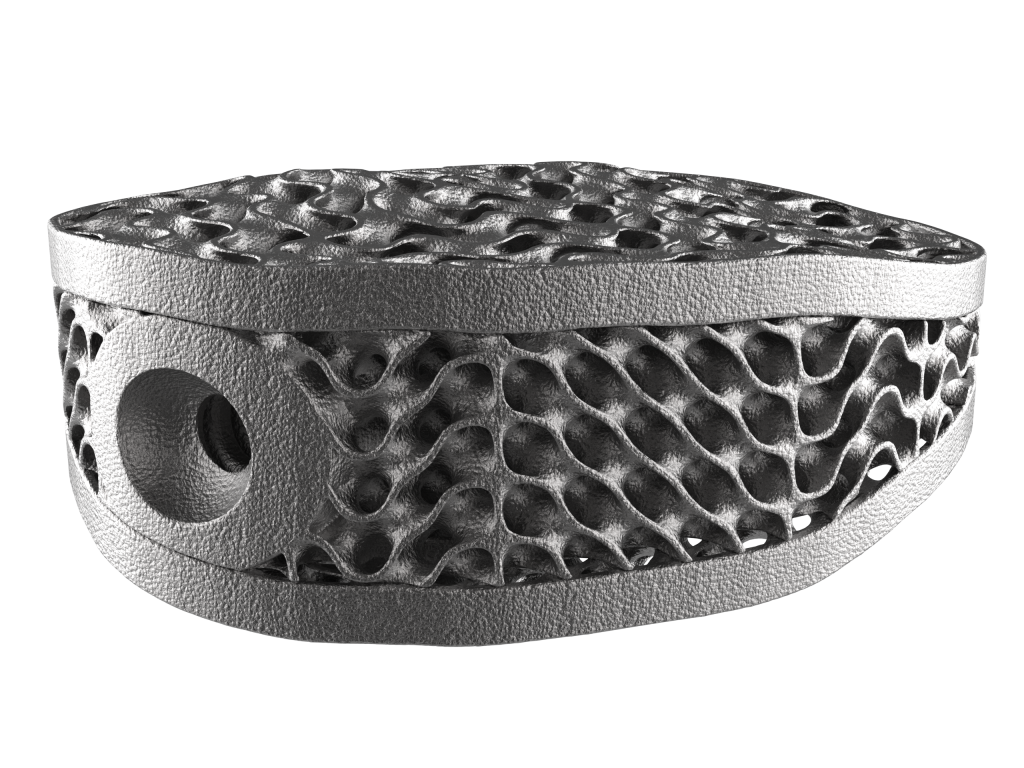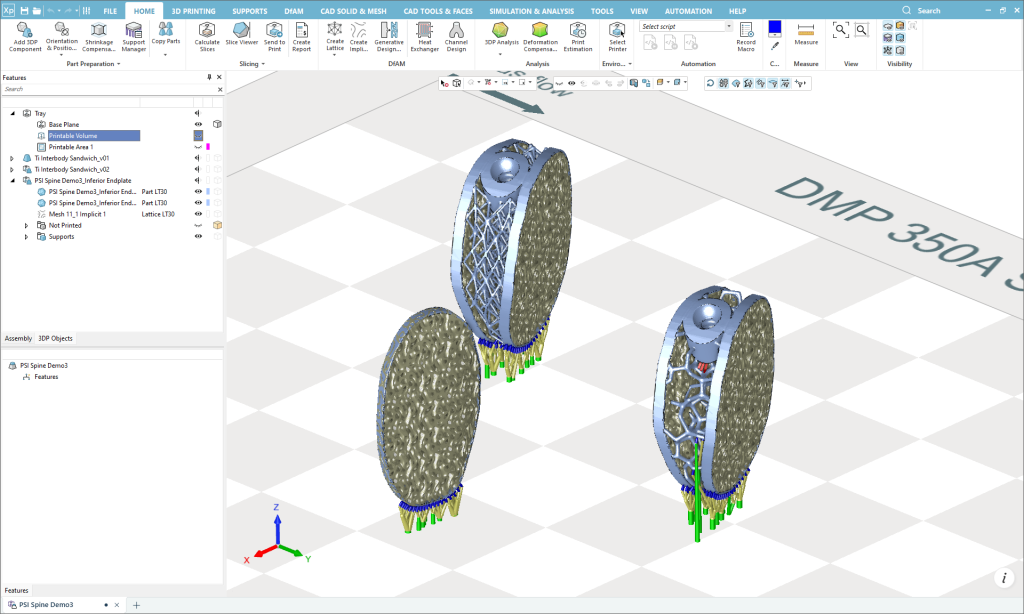What do honeycombs, spider webs, and corals have in common? They’re all examples of naturally occurring lattice structures. Made of a regular, repeating pattern of interlocking ‘unit cells’, lattices provide unique capabilities due to their combinations of strength, flexibility and surface area.
Today, additive manufacturing techniques and Oqton 3DXpert software make it possible to use lattices in many product types, from aerospace to athletic shoes, to enhance design and improve performance.
The advantages of lattice structures
Lattice structures deliver surprising strength and rigidity while using less material than conventionally manufactured parts. This simple concept results in numerous advantages.
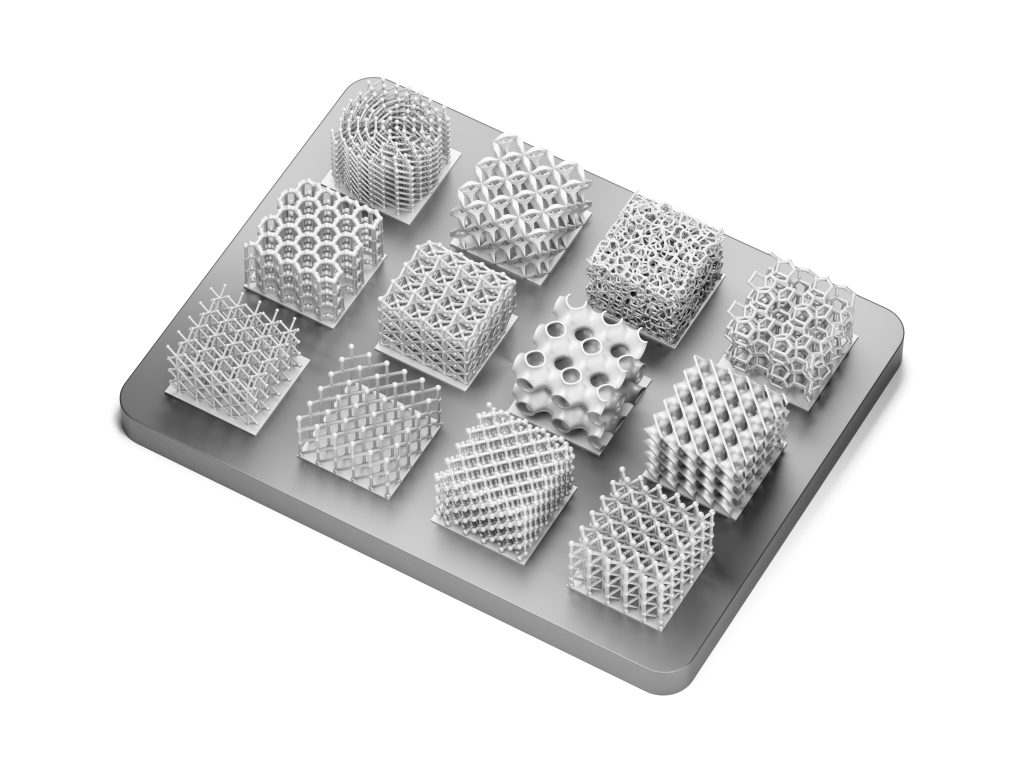
The economic impact of reducing material can be significant and even allow manufacturers to produce the same number of products with a lower investment. Lighter products also help with fuel efficiency.
Additionally, lattices increase surface areas. This is particularly helpful in applications that use surface area to achieve an efficient fluid, thermal or chemical interaction, such as heat exchangers.
Lattices also allow for optimizing the strength-to-weight ratio of parts. Due to their geometry, lattices help achieve significant strength and rigidity while minimizing the amount of material involved.
Overall, 3D printed lattices deliver great design flexibility. Governed by a new set of rules and possibilities, lattices allow designers to pursue innovative, organic designs.
Types of lattice structures
There are dozens and dozens of subtypes of lattices, but some of the most common are:
- Planar lattices take a 2D (or planar) arrangement of unit cells, most commonly a honeycomb, and swipe it in three dimensions.
- 3D uniform/periodic lattices can be built from 3D cells that tessellate a volume. A few examples of such cells are icosahedral, tetrahedral, and rhombic.
- Strut lattices feature a series of interconnected rods (or beams) in various configurations. The struts may be joined at the vertex, edge, face, or multiple points.
- Triply periodic minimal surfaces (TPMS) rely on complex equations that can’t be generated with conventional CAD tools. One of the most well-known is the gyroid.
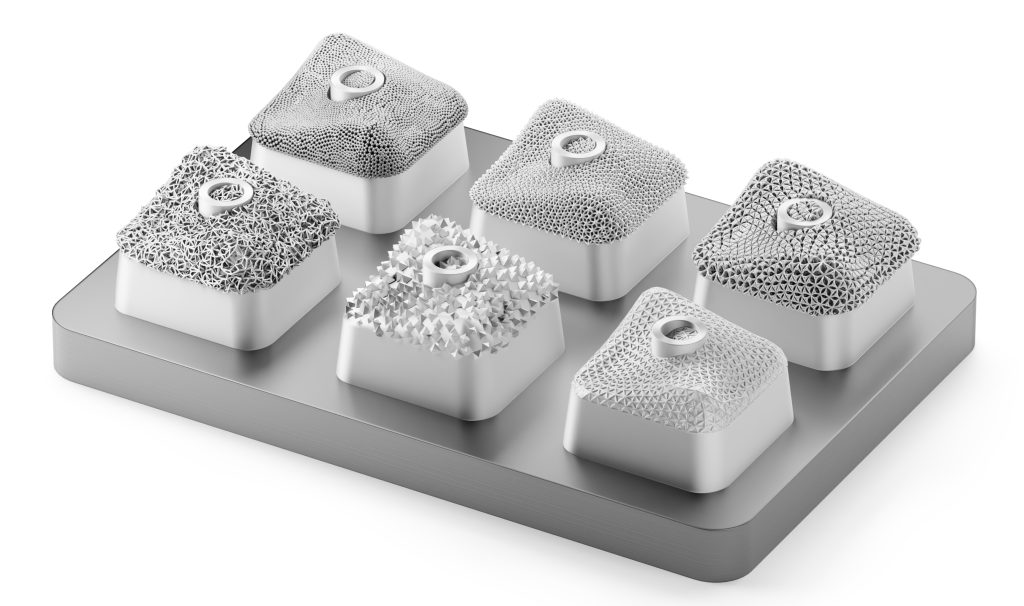
Applications of 3D printed lattices
Lattice structures create interesting opportunities in design and manufacturing.
Lightweighting is a popular application of lattices. By adding lattice structures to a product, you can achieve a specific performance with the lightest possible structure. This has big implications for fuel efficiency in aerospace manufacturing.
Heat exchangers, devices that facilitate the process of heat exchange between two fluids, can also benefit hugely from lattices. Lattices are unlocking new opportunities for heat exchanger optimization because they have a very high surface-to-volume ratio that enables extremely efficient heat transfer.
Lattice structures are also great for impact absorption. By varying the density and cell type of lattices, designers can create structures that absorb energy and redirect it more effectively than traditional foam. This is used in consumer goods like running shoes and bike helmets, among many others.
Additionally, lattice structures are used for medical implants that promote osseointegration, or bone growth, because they can be 3D printed as part of the implant.
A 3D printed spinal cage with lattice structures. Image via Oqton.
Overcoming challenges with 3D printed lattices
While 3D printed lattice structures deliver unique properties, they also bring unique challenges.
Complex lattices can be difficult to 3D print because the 3D models can be too large for computers to comfortably convert into printable STL files. This can cause slowdowns and increase the risk of data loss. This is why 3DXpert software integrates design and print preparation, eliminating the need to convert the lattice to an STL file.
For osseointegration products, the distribution of pores is a critical factor for bone growth. 3DXpert includes dedicated pore distribution histograms to validate these lattices for medical products as well as tools to help prevent protruding lattice struts that cause tissue damage.
Creating products with complex lattice structures can also seem intimidating to those who are not intimately familiar with additive manufacturing. 3DXpert’s dedicated Heat Exchanger Application includes features that can streamline the design of lattice structures and additive manufacturing workflows.
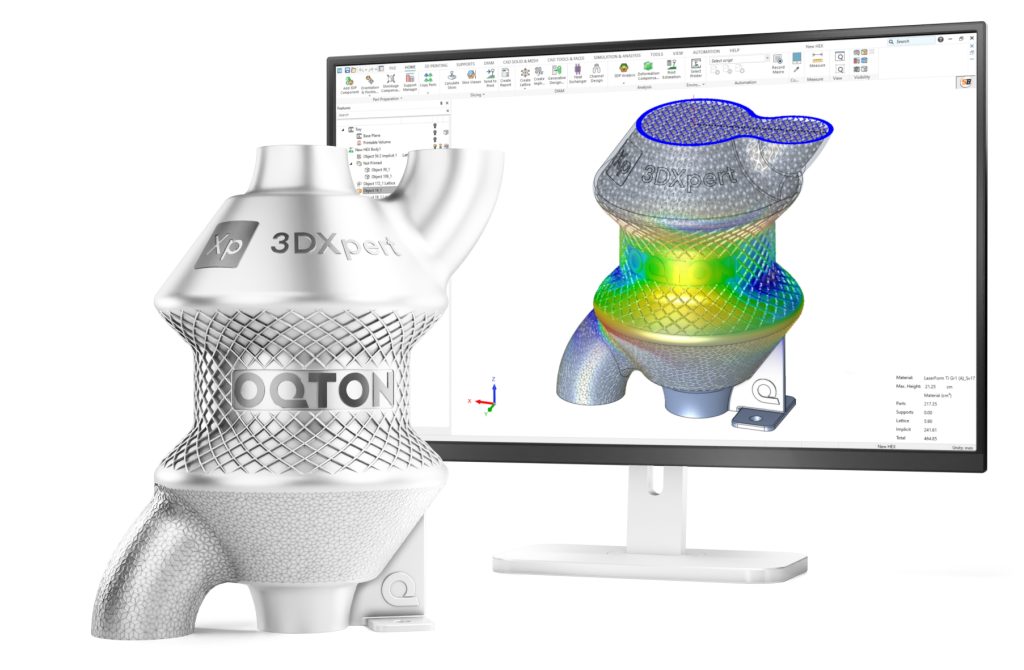
3D printing software for lattice structures
The potential of lattice structures for product design and performance is immense, and product designers are still exploring new uses.
Whatever the application, 3D printing software will play a critical role in ensuring lattices are successfully applied to consumer goods, industrial components and medical devices.
Register now for AMAA 2024 to hear insights from industry experts on additive manufacturing in aerospace, space, and defense.
Want to help select the winners of the 2024 3D Printing Industry Awards? Join the Expert Committee today.
What does the future of 3D printing hold?
What near-term 3D printing trends have been highlighted by industry experts?
Subscribe to the 3D Printing Industry newsletter to keep up to date with the latest 3D printing news.
You can also follow us on Twitter, like our Facebook page, and subscribe to the 3D Printing Industry Youtube channel to access more exclusive content.
Featured image shows lattice structures 3D printed with Oqton 3DXpert. Image via Oqton.



